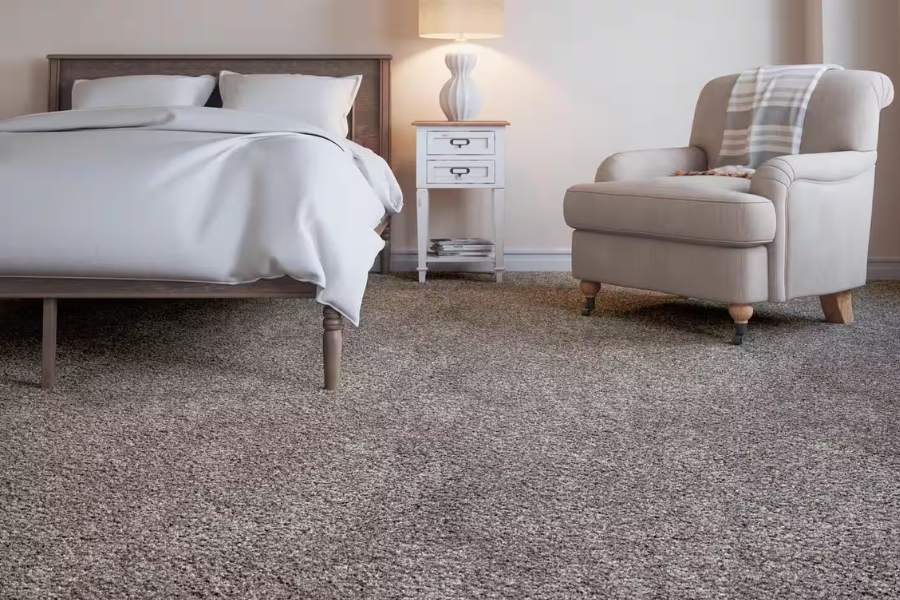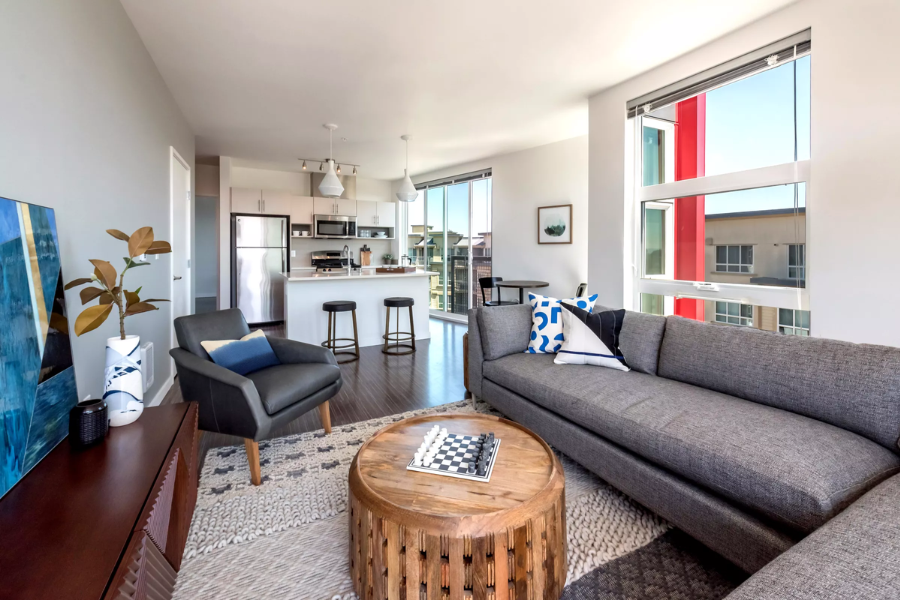Introduction to Carpet Types
Choose plush carpets for bedrooms and living areas and Berber carpets for high-traffic areas. For professional insights on this, you can always estimate carpet installation costs and options online. When selecting the right carpet, consider your lifestyle and how each room is used. Wool carpets offer luxury and durability, while synthetic options like nylon provide affordability and stain resistance. Proper padding is also essential to enhance comfort and extend the life of your carpet.
Measuring Your Space for Carpet
Accurate measurements are the key to a seamless carpet installation. Begin by using a tape measure to calculate the length and width of each room where the carpet will be installed. Take multiple measurements of each dimension to ensure accuracy. Be mindful of any alcoves, doorways, or irregular spaces that might require special attention.
Remember to measure any irregular spaces or alcoves to ensure a comprehensive evaluation. Proper measurements not only help in purchasing the right amount of carpet but also assist in planning the layout and minimizing waste. Add around 10% extra to the total measurement to account for errors or future adjustments. This buffer also helps in matching patterns and seams for a more cohesive look.
Choosing the Right Materials
When it comes to materials, you have two broad categories: natural and synthetic fibers. Wool, a natural fiber, is celebrated for its durability and comfort but comes with a higher price tag. Wool carpets are naturally flame-resistant and offer excellent insulation, making them a premium choice for many homeowners. They are also biodegradable, adding to their eco-friendly appeal.
On the other hand, synthetic fibers like nylon and polyester offer affordability and stain resistance, making them popular choices for busy households. Nylon is known for its resilience and ability to bounce back from compression, while polyester is prized for its vibrant color and softness. Both options are generally more budget-friendly and come in a wide variety of styles and colors.
Installation Tips
Your carpet’s longevity and appearance can be significantly impacted by improper installation. Even while doing the installation yourself could initially save some money, it’s best to hire specialists for the best outcomes. Expert installers reduce the possibility of creases, gaps, or uneven surfaces by having the knowledge and equipment necessary to guarantee a precise fit.
There are several ways to install, including cut-to-fit, glue-down, and stretch-in techniques. To achieve a smooth and padded finish, stretch-in installation entails stretching the carpet over a pad and fastening it with tack strips. The glue-down installation provides more outstanding stability by directly attaching the carpet to the floor using adhesive; it is usually utilized in commercial settings. Every technique has advantages and disadvantages, but expert guidance will help you choose the approach that best suits your requirements.
Maintenance and Care
Maintaining a carpet regularly is essential to its lifespan. Spot cleaning helps to avoid stains, while daily vacuuming gets rid of dirt and debris. It is advised to perform a thorough cleaning every 12 to 18 months utilizing techniques like steam cleaning or hot water extraction. Your carpet will continue to appear new for years if you use the proper vacuum and carpet cleaner for your particular type of carpet. By following these procedures, you may preserve the aesthetic appeal of your carpet while also promoting a healthier interior atmosphere. Your carpet can be made to last much longer with regular maintenance, so the cost is justified.
Eco-Friendly Carpet Options
If you’re environmentally conscious, consider the growing range of eco-friendly carpets made from recycled or natural materials. These options provide a sustainable choice without compromising on style or durability. Carpets made from recycled PET plastic bottles are gaining popularity for their sustainability and innovative repurposing of waste materials.
Options like jute, sisal, and even recycled PET plastics are gaining popularity for their sustainability and lesser environmental impact. Jute and sisal are natural fibers that are both biodegradable and renewable, offering a rustic look that’s perfect for casual settings. Research has shown that these materials not only help the planet but also provide a stylish and durable flooring option.
Discover the latest news and updates on essentialtribune








